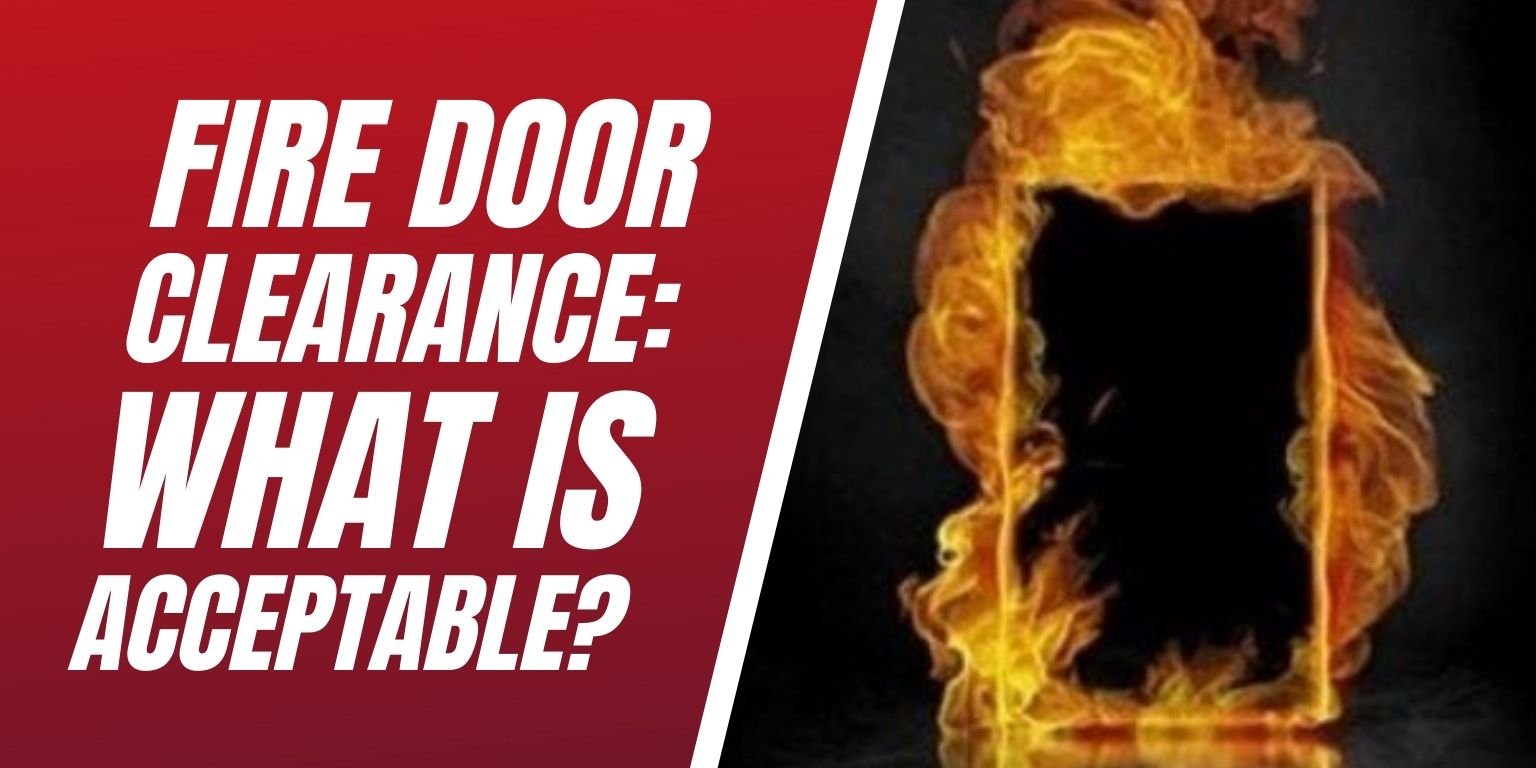
Whether you are an educational campus, healthcare facility, commercial building, or even industrial facility, it is important to make sure that your building’s fire and life safety systems are up-to-date and working properly. However, one inspection that should be regularly performed is verifying that the clearance around the perimeter of a fire door meets NFPA requirements.
Fire doors have become an important part of a building’s fire and life safety protection systems. However, through daily use, mistreatment, or even incorrect installation, these door gaps can be too large and non-compliant, putting building occupants at unnecessary risk. These gaps seem like a trivial issue on the surface, but during a fire they actually play a very important role. In fact, according to Door Security and Safety Foundation, one of the top deficiencies found in fire door inspections is “poor clearance dimensions around the perimeter of the door in the closed position”.
In order for a fire to burn it needs oxygen. A large fire in a closed room will begin to consume all the oxygen in that area, creating a vacuum of negative pressure near the base of the fire. The heat from the burning materials creates intense positive pressure near the ceiling of the room. If the gaps are too big, the negative pressure will cause fresh oxygen to be sucked into the room with the fire, feeding it and allowing it to grow bigger and hotter. This will also make the positive pressure stronger, forcing the hot air and smoke out of the higher fire door gaps and into areas that are supposed to be safe. Therefore, with properly sealed and fire-resistant gaps, the fire will not have a constant supply of fresh oxygen to burn, and will burn smaller or even die out on its own. Unfortunately, gaps around the perimeter of a fire door will be greater than the gap allowances for fire doors acceptable by NFPA 80.
Fire Door Clearance Around The Perimeter of The Door
NFPA 80, Section 6.3.1.7.1 – Swinging Doors with Builders Hardware
Wood Doors:
- Clearance for under the bottom of the door maximum is 3/4”
- Clearance between door and frame is 1/8”
- Clearance for meeting edges for a pair of doors is 1/8”
Steel Doors:
- Clearance for under the bottom of the door maximum is 3/4”
- Clearance between door and frame is 1/8”, +/- 1/16”
- Clearance for meeting edges for a pair of doors is 1/8”, +/- 1/16”
NFPA 80, Section 10.3 – Vertically Sliding Fire Door
- Clearance between the door and the wall when the door is closed is 3/8 in.
Not only is the clearance around fire doors important, but each door is also required to have an active latch built in to the hardware. The latch will help prevent fire doors from being pushed open by the positive pressure created by the fire and the expanding gases created by it.
The clearance around a fire door may seem like a trivial issue to take care of, but even small issues could cause a lot of harm and damage if not taken care of properly. It’s important for gaps around the perimeter of a fire door to be within the appropriate limits to help prevent the spread of fire and smoke. However, if a fire door does have a gap larger than what is acceptable by NFPA, then a fire rated seal will be used to help close the gap. Gaps can be sealed with an intumescent strip that when exposed to heat will expand, a neoprene weathering strip, or gaskets to help prevent the passage of smoke.
For more information about fire door gaps that are acceptable according to the code, Contact Us Here, or call 888-675-4519 to see how LSS can help you keep your facility’s fire-rated doors incompliance with the codes and standards.

